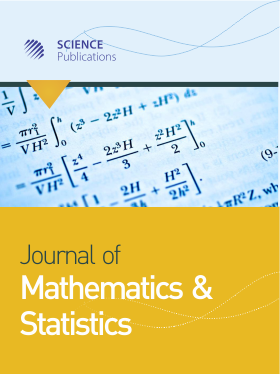A Comparison of Spatio-Temporal Bayesian Models for Reconstruction of Rainfall Fields in a Cloud Seeding Experiment
Abstract
In response to the drought experienced in Southern Italy a rain seeding project has been setup and developed during the years 1989-1994. The initiative was taken with the purpose of applying existing methods of rain enhancement technology to regions of south Italy including Puglia. The aim of this study is to provide statistical support for the evaluation of the experimental part of the project. In particular our aim is to reconstruct rainfall fields by combining two data sources: rainfall intensity as measured by ground raingauges and radar reflectivity. A difficulty in modeling the rainfall data here comes from rounding of many recorded rainguages. The rounding of the rainfall measurements make the data essentially discrete and models based on continuous distributions are not suitable for modeling these discrete data. In this study we extend two recently developed spatio-temporal models for continuous data to accommodate rounded rainfall measurements taking discrete values with positive probabilities. We use MCMC methods to implement the models and obtain forecasts in space and time together with their standard errors. We compare the two models using predictive Bayesian methods. The benefits of our modeling extensions are seen in accurate predictions of dry periods with no positive prediction standard errors.
DOI: https://doi.org/10.3844/jmssp.2005.282.290

- 5,106 Views
- 3,932 Downloads
- 1 Citations
Download
Keywords
- Bayesian inference
- Gibbs Sampler
- Kalman Filter
- Kriging
- Markov chain Monte Carlo
- rainfall modeling
- cloud seeding operation
- Spatial Temporal Modeling
- State-Space Model
